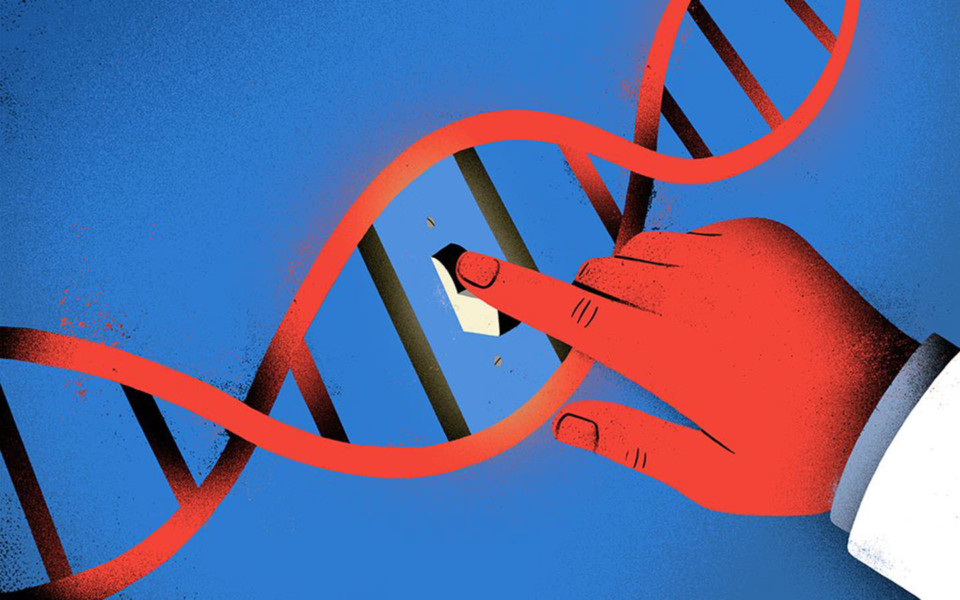The kill-switch for CRISPR that could make gene-editing safer
It started out as “sort of a stupid thing to do”, recalls Joe Bondy-Denomy, a microbiologist at the University of California, San Francisco. As a graduate student in the early 2010s, he tried to infect bacteria with viruses that, on paper, shouldn’t have stood a chance. He knew that these viruses, or phages, were susceptible to CRISPR–Cas, the bacterial defence system that scientists have harnessed as a powerful tool for gene editing. And in most cases, he was right: the CRISPR machinery chopped the incoming phages into bits. But in a few instances, against the odds, the intruders survived.
Bondy-Denomy thought he had messed up. “Then a light bulb went off,” he says. Maybe something inside the bacterial genome was disarming its defences. And maybe that self-sabotaging bit of DNA was coming from previous viral invaders.
A quick comparison of DNA sequences proved Bondy-Denomy’s intuition correct. Phage genes nestled inside the bacterial genome were completely shutting down the CRISPR–Cas system, making the bacteria vulnerable1.


